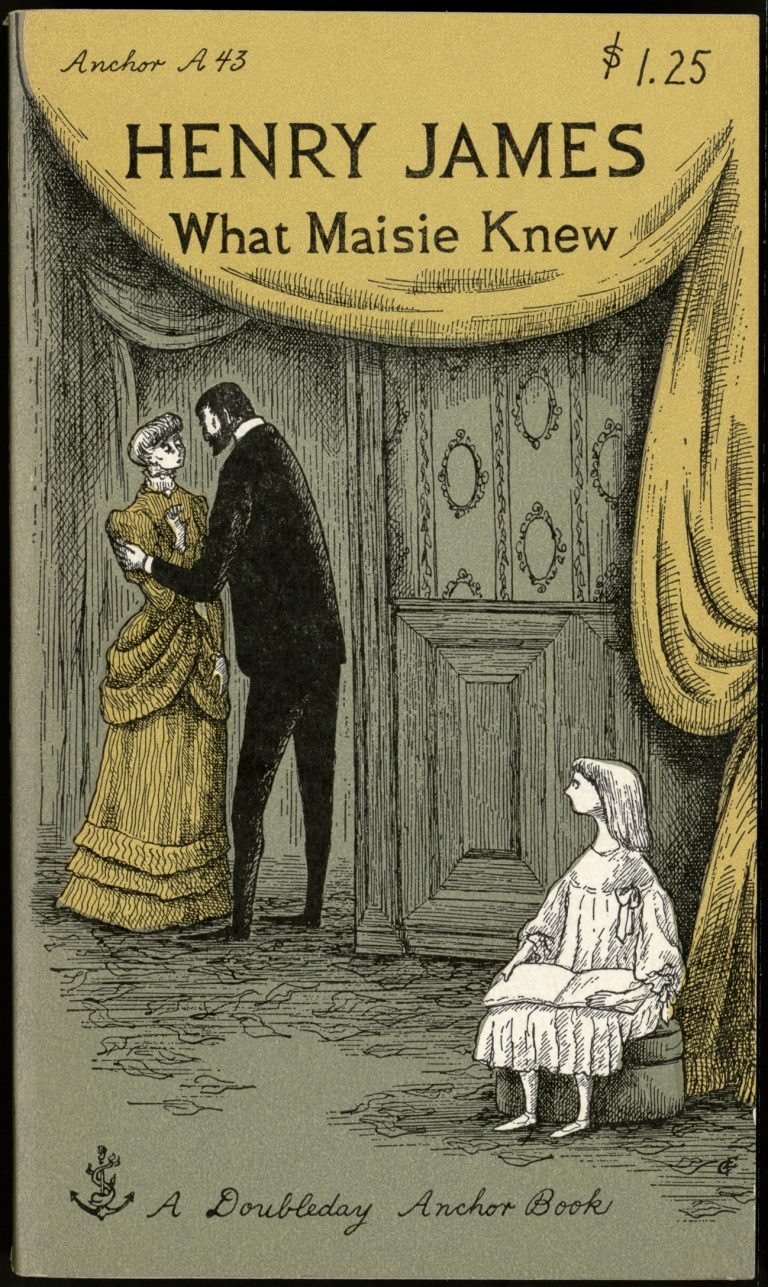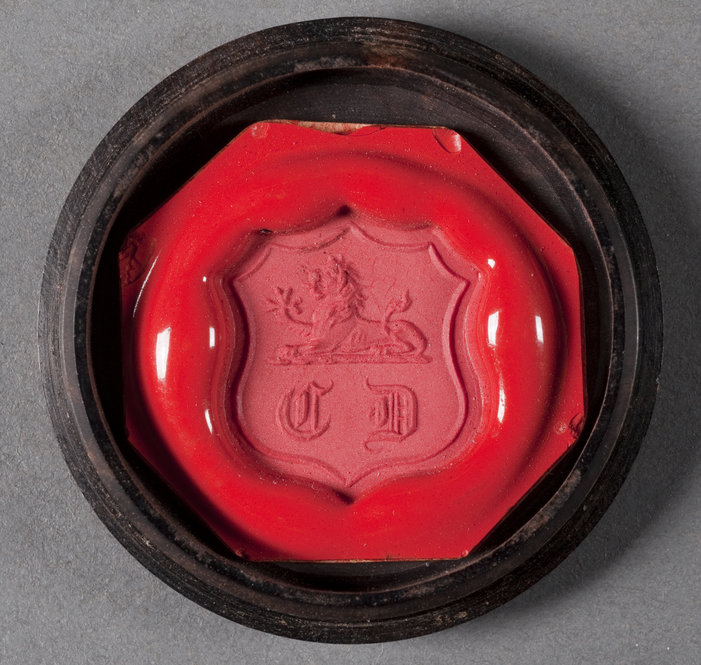Click on the four-way arrow in the bottom right-hand corner of the slideshow to convert into full-screen mode. According to popular mythology, the publisher Allen Lane, founder of Penguin Books, formulated his idea for a press dedicated exclusively to paperbacks while visiting a railway station. Having spent the weekend visiting… read more
Penguin and the Paperback Revolution
Filed Under: Books + Manuscripts Tagged With: A Farewell to Arms, Agatha Christie, Albatross Verlag, Aldine Press, Aldus Manutius, Allen Ginsberg, Allen Lane, Anchor Books, Armed Services Editions Collection, Charles Dickens, City Lights Pocket Bookshop, D. H. Lawrence, Dante Alighieri, dime novels, E.O. Lorimer, Edith Sitwell, Edward Gorey, Erle Stanley Gardner, Ernest Hemingway, George Bernard Shaw, George Sala, Gold Medal Books, Golden Cockerell Press, Have Gat—Will Travel, Henry David Thoreau, Henry James, Howl and Other Poems, J. Dicks, Lady Chatterley’s Lover, Le terze rime di Dante, Malaeska the Indian Wife of the White Hunter, Mrs. Ann Stephens, Murder on the Orient Express, Oliver Twist, paperbacks, Penguin Books, Penguin Illustrated Classics, penny dreadfuls, Pocket Books, Publishing, pulp fiction, Richard S. Pranther, Robert Gibbings, Tauchnitz, Terrible Tales, The Case of the Velvet Claws, The Intelligent Woman’s Guide to Socialism Capitalism Sovietism & Fascism, The Pickwick Club, Walden, What Hitler Wants, What Maisie Knew



